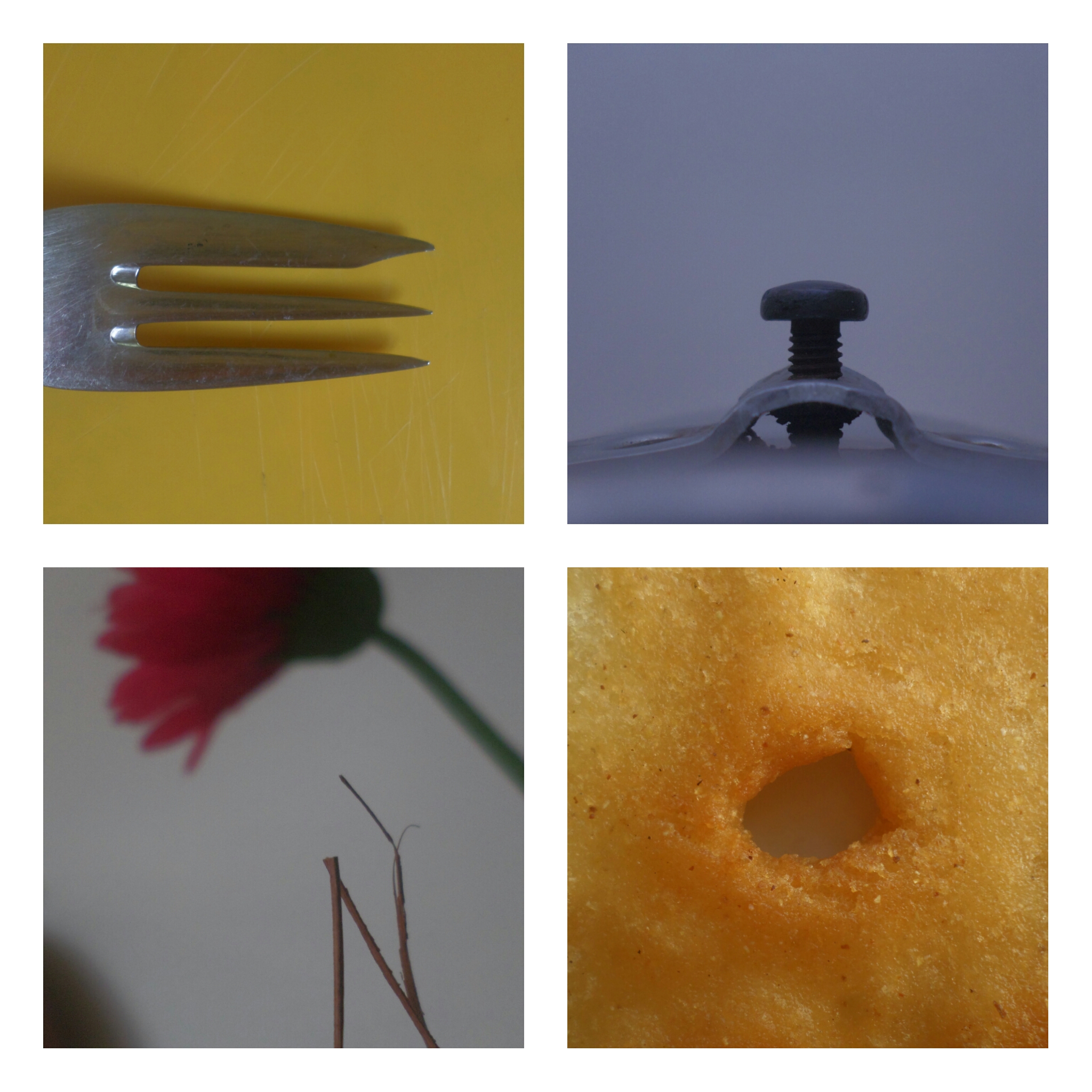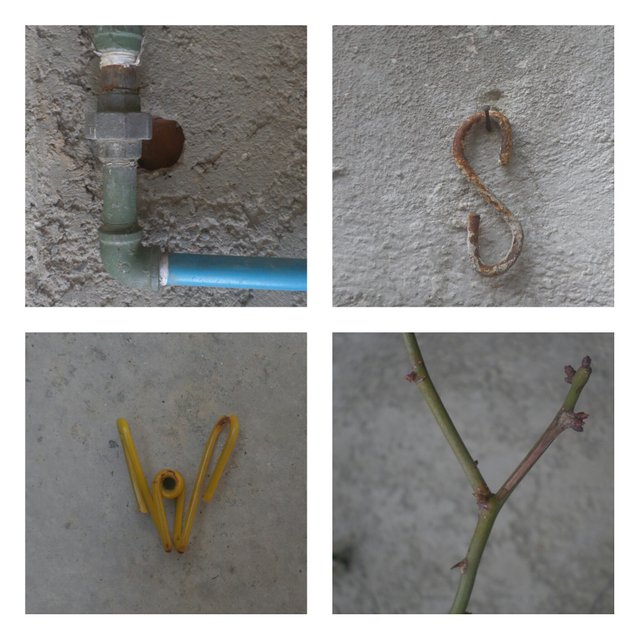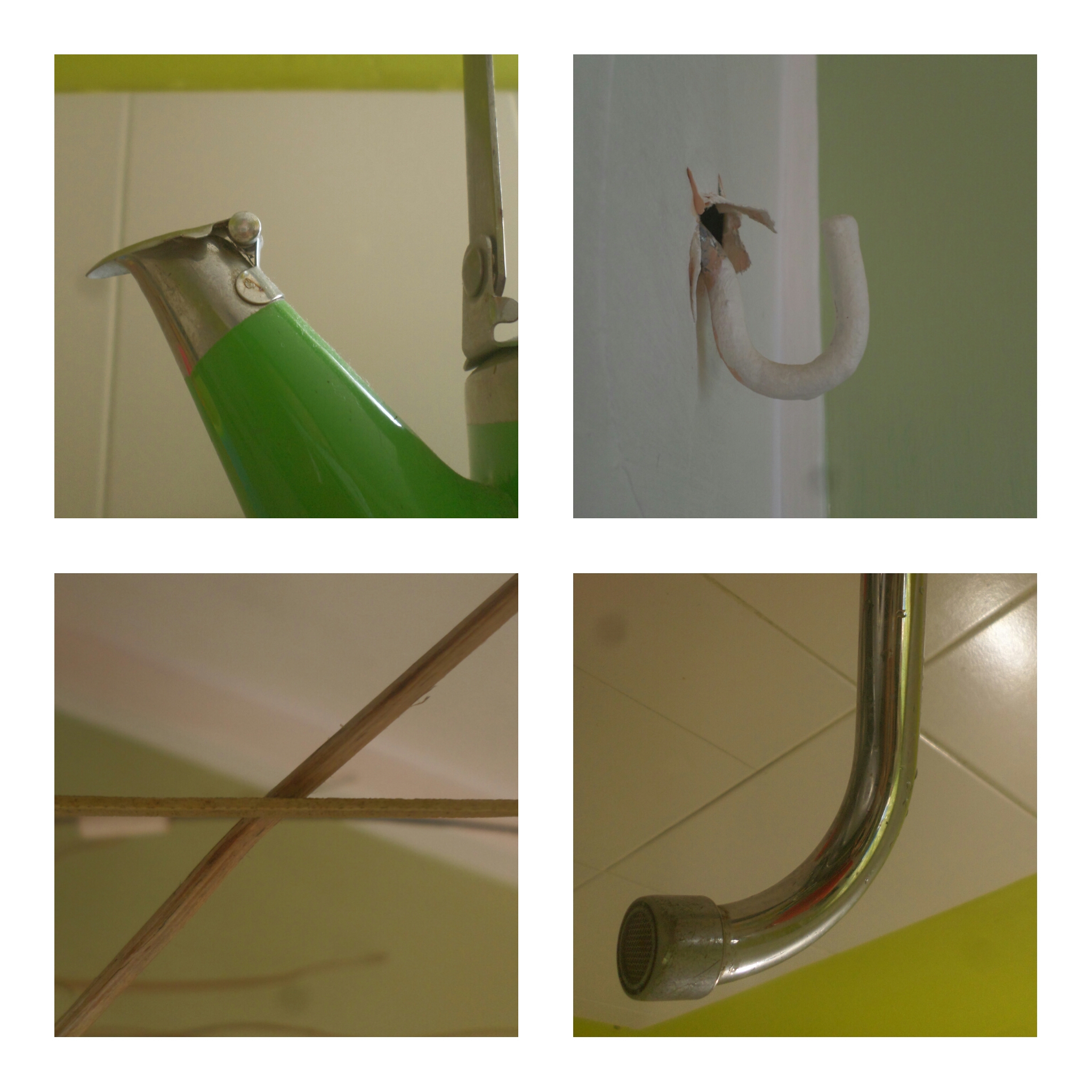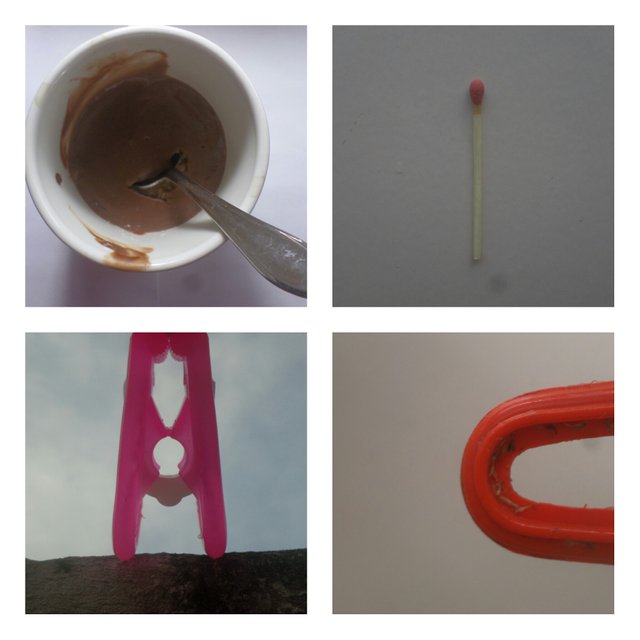Finding letters in objects! | Photographic exercise
Photography and linguistics always go hand-in-hand for me, I really
don't think that “a picture is worth a thousand words” accurately
because behind an image there's more of thousand words. I mean, words
and language itself, behind images, are the keys to find meanings
during the whole photography experience; from thinking the
photography, take it, see it after a while, to watch other
photographies. Most of the time, unconsciensously, we are attributing
meanings to the images, to the actions, to the life itself, isn't?
That's the reason I've enjoyed this photographic exercise, was a way
for me to make this photo-linguistic relation more tangible; it
consisted in looking for letters -or graphemes, in linguistic terms-
in objects and things, ¿consciencious attribution of meanings to
things? Oh yeah! And looking for letters! Something that is so
constant and necessary in our lives – something trough witch I am
expressing myself right now. Yes, yes!


Linguistics express for dummies
In linguistic, specifically in phonetic and phonology, letters recive
the name of graphemes and it defines as the graphic representations,
minimum and dinstintives units that conforms alphabets. Are minimun
units because graphemes can't be divided, the 'A' representation can't
divided in less than itself. Are distintivies because they defines in
opposition to their pairs; 'L' is not the same that 'B' and the
combination with other graphemes create differentes words (and
meanings): Low / Bow.
Graphemes notion is complementary to phonemes, that although its much more complex, can be defined as the idea we have of letters in terms
of their sounds: are the minimun articulation of every sound -that is
represented for a grapheme in the case of english- but are mental
abstractions; even the sound have a quantifiable physical part
-phons-, the phonemes are that abstraction that we make of every sound
correspondent to a letter or grapheme, even when the phonunciation may
vary.
As the graphems, phonemes are the minimun units of sounds, because
can't be divided, they differ by opposition and are abstract, they
aren't the sound, are the idea of sounds in our heads.
My phonetic and phonology notes.


I've wanted the search in my home, and focus in little objets. I've found 16 letters of the 26 that conforms the english alphabet -I speak spanish so I was thinking in spanish during the exercise, haha.
Do you recognize them?!
All photographs taken by me with a Samsung DV150F
Thank you!
Que creativo este post.
Muchas gracias :)
Me gustó mucho tu post, ojalá y pronto lo publiques también en español. Me interesa la lingüística aunque no conozco mucho al respecto. En particular me agradan las lenguas indígenas porque suelen tener estructuras muy distintas a las lenguas indoeuropeas. Además de que tienen sonidos muy particulares que no siempre se pueden representas con los alfabetos que usamos. Voy a estar al pendiente de tus publicaciones :D Saludos!
Hola Vic! Acá está en español https://steemit.com/spanish/@sophiakovalski/leyendo-los-objetos-or-ejercicio-fotografico :)
Eres de México? Allá la convivencia con lenguas indígenas es más marcada que en otros países latinoamericanos. La antropología ha hecho mucho allá.
Tal cual, las lenguas indígenas tienen estructuras sintácticas muy distintas a las indoeuropeas, también formas distintas de concebir el pasado-presente-futuro tan marcado en nuestra manera de pensar y hablar. Saludos! Gracias por comentar:)
Oh! Pensé que lo habías publicado originalmente en inglés. Ya lo leeré también en español :D Sí, soy de México, y de hecho estudio algunas lenguas de acá. Aunque me concentro más en los pensamientos de los pueblos originarios, sólo que uno no puede conocerlos si no entiende cómo se estructuran sus lenguas. Saludos! :D